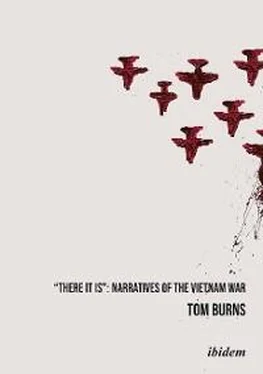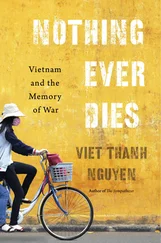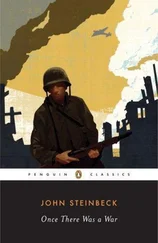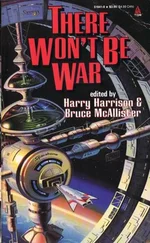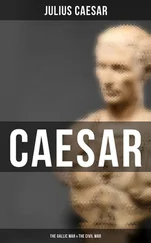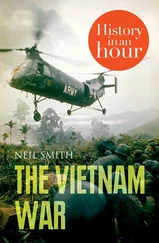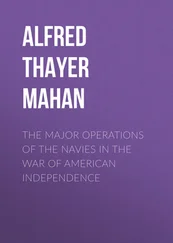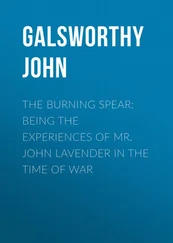Pyle would then represent the United States, newest player in the Indochina game for control over a small, obscure country, which will be blown out of proportion in the following quarter of a century into a major center of world conflict. He is inspired and guided by the writings of one York Harding, the author of several earnest works of political analysis, with titles like The Advance of Red China , The Challenge to Democracy , and The Role of the West . Pyle believes fervently in the “Third Force” that Harding champions: a national party or popular group that is neither colonialist nor Communist and that will be willing to fight the Viet Minh to ensure an American-style democracy in a united Vietnam. Harding’s character may be based on a professor of political science at Michigan State, Wesley Fischel, a friend of Diem and Landsdale, who proposed in books and articles political and economic strategies for the “modernization” (i.e. Americanization) of Vietnam in order to combat Communist influence there. One of his widely read articles, with an oxymoronic title, “Vietnam’s Democratic One-Man Rule,” was seriously discussed in academic journals. 39
The intellectual Harding and his young disciple Pyle, now in the field in Southeast Asia to implement the master’s theories, base their plans of action on the Domino Theory, the belief that the fall of Indochina to Communism would bring about the immediate collapse of other neighboring nations. The theory is alluded to in a reference that shows that the argument was hardly new in the Fifties and that there were already skeptics about its relevance. In an argument with Pyle about what the Vietnamese people really want, Fowler claims that they only want food, peace, and no white men around telling them what to do. Pyle, the idealist, insists that what they do not want is Communism:
“If Indo-China goes…”
“I know that record. Siam goes. Malaya goes. Indonesia goes. What does ‘go’ mean?” (93).
After the “loss” of China to Mao’s Communists in 1949, US policymakers were determined to prevent any further such losses in the global competition for dominance. Dulles, it will be recalled from the Introduction, was convinced that Ho was “an instrument of international Communism,” even though the Vietnamese revolution, contrary to continued American belief, was a genuine nationalist movement not controlled by either Moscow or Beijing. 40Where Pyle, and by implication the Americans, go wrong is in the assumption that while the French in Vietnam had failed by trying to perpetuate colonialism, Americans would succeed in providing a Third Force, “a viable, non-Communist alternative to the Vietminh.” 41What Fowler comes to believe may be summed up by Frances FitzGerald:
What was not so well appreciated by the Americans as by the French who had fought the war was that the new Vietnamese government [of Ho Chi Minh] had a stronger claim to legitimacy than did most governments in Southeast Asia, for it was the government that had mobilized the entire population, both urban elites and rural peasantry, to fight the war of national liberation. 42
In the novel, the unlikely local candidate for implementing this alternative Third Force is the renegade General Thé, former Chief of Staff for the Cao Dai sect, which has taken to the hills. As Fowler tells Pyle, General Thé is “only a bandit with a few thousand men: he’s not a national democracy” (156). Thé is what is now called a terrorist: his men bomb a café during the daytime in the center of Saigon. The bomb kills over fifty people, including a number of women and children, who are always present in town at that particular time of day. This act of terrorist provocation was actually planned by Pyle, who, as agent provocateur , intends to put the blame on the Communists in order to discredit them. Fowler has by now become sickened by all the violence he has witnessed in the war: “I know myself and I know the depth of my selfishness. I cannot be at ease (and to be at ease is my chief wish) if someone else is in pain, visibly or audibly or tactually” (113). The three final adverbs are to the point, for it is Fowler’s antipathy to senseless killing and his pity for the victims of acts that he has personally witnessed that make him morally different from Pyle, who is indifferent to his victims because they are simply abstractions that have got in the way of his master plan. When he sees their blood on his shoes, he cannot even recognize it for what it is:
“Blood, I said, ‘Haven’t you ever seen it before?’”
He said, “I must get them cleaned before I see the Minister” (161).
Pyle can only express regret that the explosion was not postponed once the scheduled parade was called off, at which Fowler remonstrates:
Do you expect General Thé to lose his demonstration? This is better than a parade. Women and children are news, and soldiers aren’t, in a war. This will hit the world’s Press. You’ve put General Thé on the map all right, Pyle. You’ve got the Third Force and National Democracy all over your right shoe” (162).
Pyle confesses that he has not dismissed Thé as number one American protégé even after this incident, but has only reprimanded him for his mistake in not postponing the bombing. “If he came to power with our help, we could rely on him” (174), Pyle explains, implying that the important thing is Thé’s anti-Communist stance, not his heinous acts. For Pyle, the plan takes precedence over the imperfect individuals chosen to execute it, just as the difficult and unpopular Diem would be regarded as the only hope for US planners a few years later. Outraged by Pyle’s part in the bombing and his inability to feel any moral responsibility, Fowler makes his existentialist choice to embrace commitment, reversing his earlier conviction of the need to stay uninvolved. Somewhat reluctantly, since his choice amounts to the betrayal of a friend, he agrees to set up Pyle for execution. “Sooner or later,” his contact Muoi reminds him, “one has to take sides if one is to remain human” (172)—an echo, although from the opposite side of the ideological fence, of the advice given Fowler by the French pilot, Captain Trouin.
Greene shows that such choices are never morally simple, as seen by the several ironies that evolve from Fowler’s decision and its consequences. Fowler must betray Pyle, who once saved his life, and he is motivated to do so by a sense of decency and a desire to prevent more violence. In a further irony, just as Fowler is about to lose everything, his life dramatically improves, as if he were being rewarded for his act: he is allowed by his newspaper to stay in Vietnam to cover the news now that Vietnam has heated up, and he can marry Phuong now that his wife has changed her mind and granted him a divorce.
As a narrative, this well-crafted novel has also been read as a detective story, a kind of fiction that is said to have attracted the author because it was concerned with “pursuing and ferreting out the truth” in an otherwise dubious moral universe. 43There are some of the usual conventions of crime fiction: a mystery surrounding a murder, the search for the truth, even a French police inspector, Vigot, who claims he is not Maigret. 44The reader learns that Pyle is dead at the beginning of the novel, which creates curiosity to discover what happened and “whodunit,” and there are also the required twists and turns in the plot, as well as a complex chronology, before the mystery is solved. In this case, the pursuit of the killer requires the detective-narrator (Fowler) to tell the story in retrospect, without ferreting out the truth in the classic sense of crime fiction, since it turns out that he is also the “killer.” While a full confession to Vigot (as the conventions demand) is withheld, Fowler is able to reconstruct his story at the end for himself and the reader. Despite these apparent conventions, reading the novel as a crime fiction turns out to be not very illuminating, because Pyle’s murder is not revenge, one of the familiar motives of murder-mysteries, and Fowler is not a fugitive from the law but from his own disturbed knowledge. 45
Читать дальше
